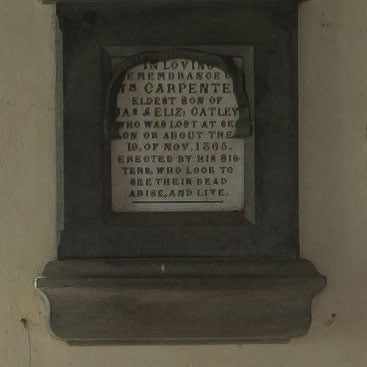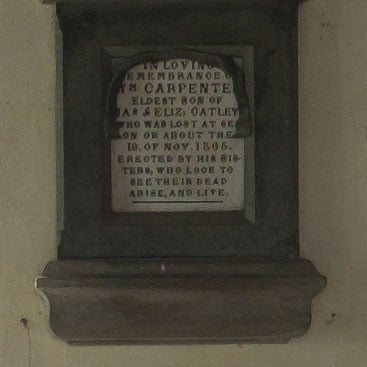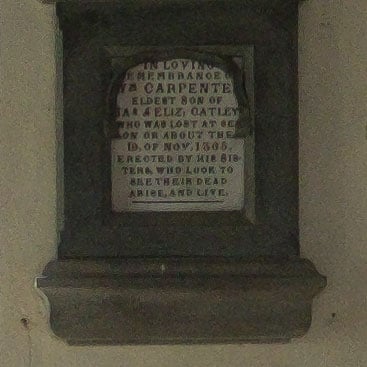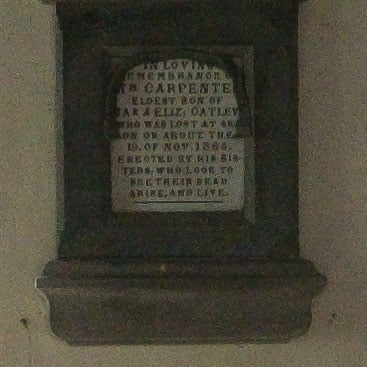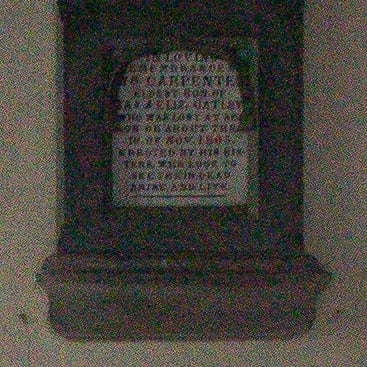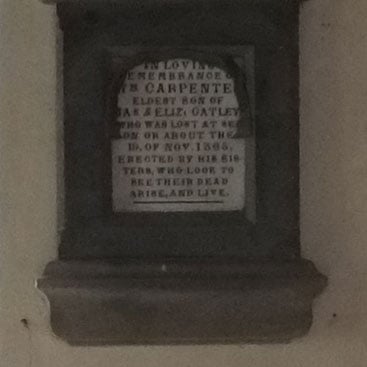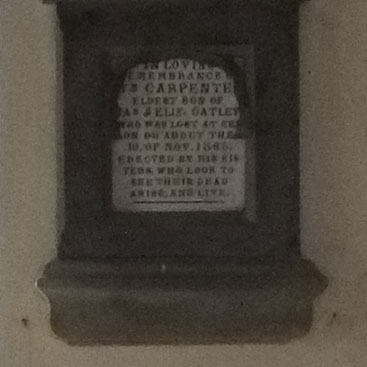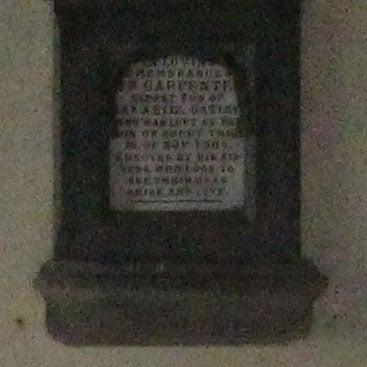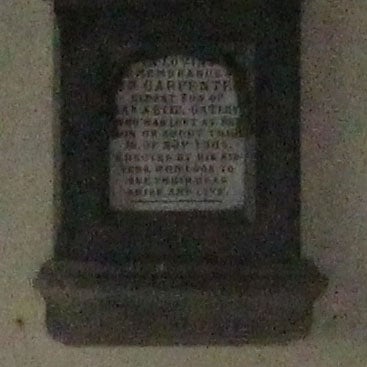Fujifilm X-E1 review
-
-
Written by Ken McMahon
Quality
Fujifilm X-E1 vs Canon EOS M Quality JPEG
|
Fujifilm X-E1 |
Canon EOS M | |
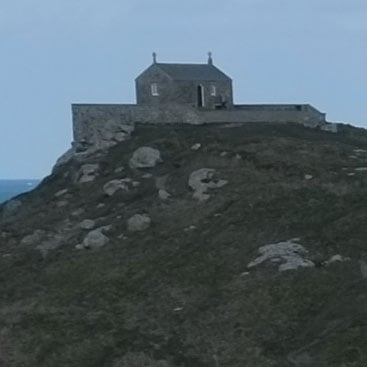 | 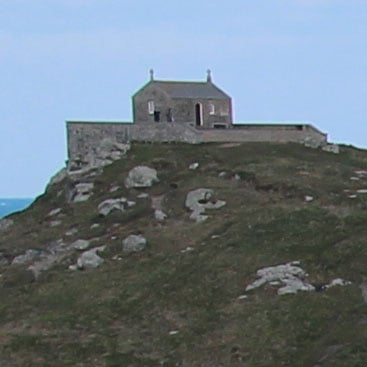 | |
f5.6, 200 ISO |
f5.6, 100 ISO | |
 |  | |
f5.6, 200 ISO |
f5.6, 100 ISO | |
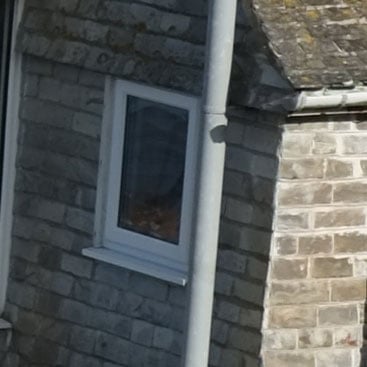 | 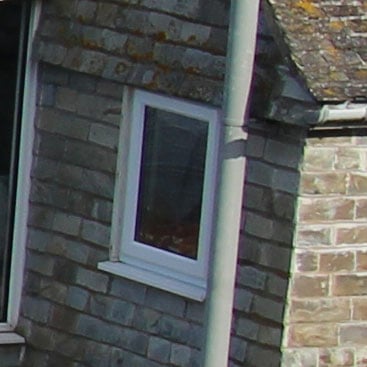 | |
f5.6, 200 ISO |
f5.6, 100 ISO | |
 |  | |
f5.6, 200 ISO |
f5.6, 100 ISO |
Fujifilm X-E1 results : Quality / RAW quality / Noise / RAW Noise
Fujifilm X-E1 Quality RAW vs JPEG
|
Fujifilm X-E1 in-camera JPEG |
Fujifilm X-E1 Processed RAW ACR defaults |
Fujifilm X-E1 Processed RAW ACR | ||
 |  | 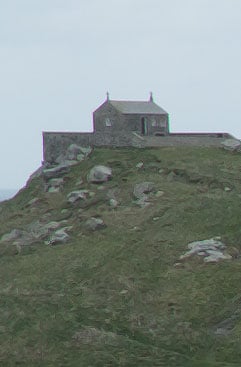 | ||
f5.6, 200 ISO |
f5.6, 200 ISO |
f5.6, 200 ISO | ||
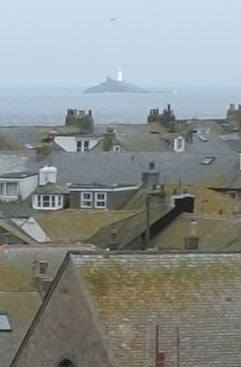 | 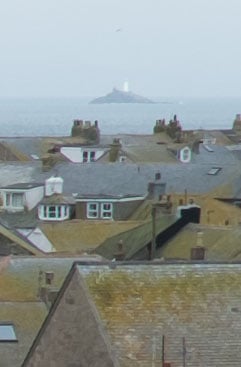 |  | ||
f5.6, 200 ISO |
f5.6, 200 ISO |
f5.6, 200 ISO | ||
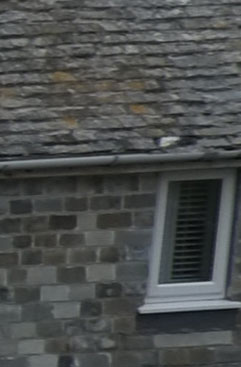 | 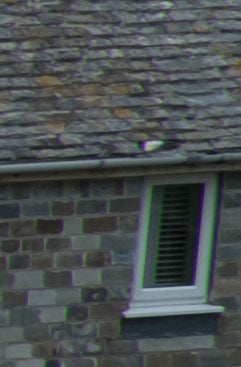 | 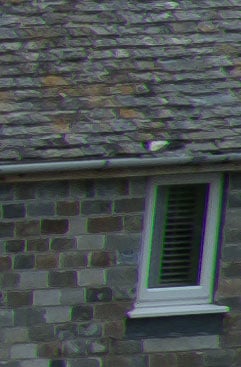 | ||
f5.6, 200 ISO |
f5.6, 200 ISO |
f5.6, 200 ISO | ||
 |  |  | ||
f5.6, 200 ISO |
f5.6, 200 ISO |
f5.6, 200 ISO |
Fujifilm X-E1 results : Quality / RAW quality / Noise / RAW Noise
Fujifilm X-E1 vs Canon EOS M Noise RAW
The image above was taken with the Fujifilm X-E1 fitted with the 18-55mm f2.8-4 zoom lens. The extended ISO sensitivity range of the X-E1 is 100-25,600 ISO, so for the shot above, the first in the sequence I set the sensitivity to 100 ISO and the Aperture to f4 in Aperture priority mode. The X-E1 metered a shutter speed of 0.7s and the Caon EOS M, also set to f4 at 100 ISO metered 0.6s. I processed both sets of files in Adobe Camera RAW using identical settings: Sharpening at 70 / 0.5 / 36 / 10, Luminance and Colour Noise Reduction both set to zero, and the Process to 2012 with the Adobe Standard profile. To reduce the white balance differences between the crops I also reduced the tint on the Fujifilm X-E1 files. These settings were chosen to reveal the differences in sensor quality and isolate them from in-camera processing. The high degree of sharpening with a small radius enhances the finest details without causing undesirable artefacts, while the zero noise reduction unveils what’s really going on behind the scenes – as such the visible noise levels at higher ISOs will be much greater than you’re used to seeing in many of my comparisons, but again it’s an approach that’s designed to show the actual detail that’s being recorded before you start work on processing and cleaning it up if desired. These RAW crops mostly confirm what we saw from the JPEGs. Note there are no crops available for the extended 100, 12800 and 25600 ISO settings as these aren’t available when shooting RAW. Throughout the ISO sensitivity range the X-E1’s sensor really does generate low levels of noise with marginal linear increases each 1EV step up the sensitivity scale. The Canon EOS M crops start noisier and the noise increases by a bigger margin, and in fact looking at these RAW crops, the difference is greater at an earlier stage than with the JPEGs. Canon’s noise reduction is working harder right through the sensitivity range; at the lower end it succeeds in closing the gap between the two models, but the further up the sensitivity range you go, the wider the gap gets. This is a fairly emphatic win for the X-E1 over the EOS M. Now head over to my Fujifilm X-E1 sample images to see some more real-life shots in a variety of conditions, or head straight for my Verdict.
|
Fujifilm X-E1 results : Quality / RAW quality / Noise / RAW Noise |
Fujifilm X-E1 vs Canon EOS M Noise JPEG
The image above was taken with the Fujifilm X-E1 fitted with the 18-55mm f2.8-4 zoom lens. The extended ISO sensitivity range of the X-E1 is 100-25,600 ISO, so for the shot above, the first in the sequence I set the sensitivity to 100 ISO and the Aperture to f4 in Aperture priority mode. The X-E1 metered a shutter speed of 0.7s and the Canon EOS M, also set to f4 at 100 ISO metered 0.6s. The 100 ISO crop from the Fujifilm X-E1 looks ever so slightly less textured than the 200 ISO crop, so, for subjects where the absolute minimum of noise is required, or you want to use the slowest possible shutter speed it’s worth using. Just remember you can’t shoot RAW at this extended ISO sensitivity setting and you’ll experience slightly lower contrast and reduced dynamic range. At 200 ISO though the results are still very good, as I said, there’s a slight texture to this crop, but you have to look closely at 100 percent to spot it and it’s not intrusive. The same goes for the 400 and 800 ISO crops; there are very small increases in the noise at each step up, but you have to look very closely to spot the difference. At 1600 ISO there’s a more visible increase in noise, but this is the first crop where you don’t have to take a good look back and forth before realising there’s a difference. 3200 ISO takes another hike up the noise ladder, but the incremental changes up to this point have been so small that the overall effect isn’t too damaging and 3200 ISO on the X-E1 is just about good enough to set as the upper Auto ISO limit for everyday shooting. And on many cameras you’d resort to 6400 ISO only in emergencies but here the text is stil clearly legible. At the extended 12,800 and 25,600 settings, things are looking very furry, but overall this is an excellent performance from the X-E1’s X-Trans sensor throughout the ISO sensitivity range, but particularly up to 1600 ISO. With the lenses on both cameras zoomed in to a 35mm equivalent focal length of 35mm, the 18 Megapixel sensor in the EOS M produces a slightly smaller crop area with larger image detail. Don’t forget the 100 ISO setting for the first crop is the base sensitivity setting for the EOS M, whereas its 200 ISO on the X-E1; the 100 ISO setting being part of the extended range only available in JPEG shooting modes. At the 100 and 200 ISO settings there’s not a lot to choose between the two sensors, but at 400 ISO it appears that the EOS M’s sensor is already generating slightly more noise than the X-E1’s. The difference is clearer by 800 ISO with more texture and colour noise in the EOS M crop both in the text panel and the flat colour of the wall. In fact at each step the ISO range the noise increase is greater for the EOS M so that there’s about a stop difference by 1600 ISO. The X-E1’s 3200 ISO crop looks fairly similar in terms of noise to the EOS M’s 1600 ISO crop. To find out how much of a role processing plays in keeping noise at bay in these crops take a look at my Fujifilm X-E1 RAW noise results page to see just how much noise is present behind the scenes. Or head over to my Fujifilm X-E1 sample images to see some more real-life shots in a variety of conditions.
|
Fujifilm X-E1 results : Quality / RAW quality / Noise / RAW Noise |


